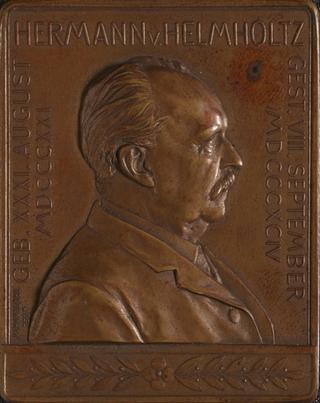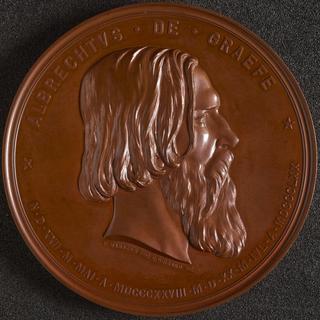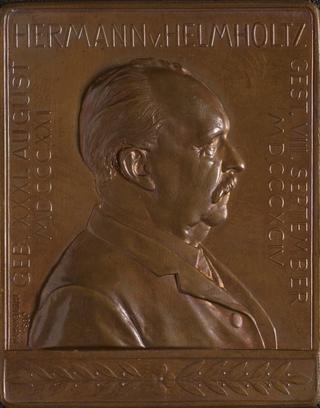
Hermann Ludwig Ferdinand von Helmholtz 1821 - 1894
- occupation:
- Physicist, philosopher, Physiologist
- Nationality:
- German
- born in:
- Potsdam, Potsdam district, Brandenburg, Germany
The German scientist Hermann von Helmholtz made important discoveries in fields as diverse as physics and physiology. Applying his knowledge of physics to his medical research, Helmholtz showed that living beings obey the same physical laws as other objects. Some physiologists had believed that living bodies were special because they contained a ‘vital force’. Helmholtz disproved the existence of this force.
Helmholtz made significant contributions to several widely varied areas of modern science. In physiology and physiological psychology, he is known for his mathematics of the eye, theories of vision, ideas on the visual perception of space, color vision research, and on the sensation of tone, perception of sound, and empiricism.
In physics, he is known for his theories on the conservation of energy (1847), work in electrodynamics, chemical thermodynamics, and on a mechanical foundation of thermodynamics. As a philosopher, he is known for his philosophy of science, ideas on the relation between the laws of perception and the laws of nature, the science of aesthetics, and ideas on the civilizing power of science.
Helmholtz was also important for medical research because he invented many new instruments to observe and measure the body, such as the ophthalmoscope. He used these instruments to investigate how the senses work - a question that fascinated him throughout his career. His research contributed, for example, to our understanding of how we see colour, and how we hear music.



